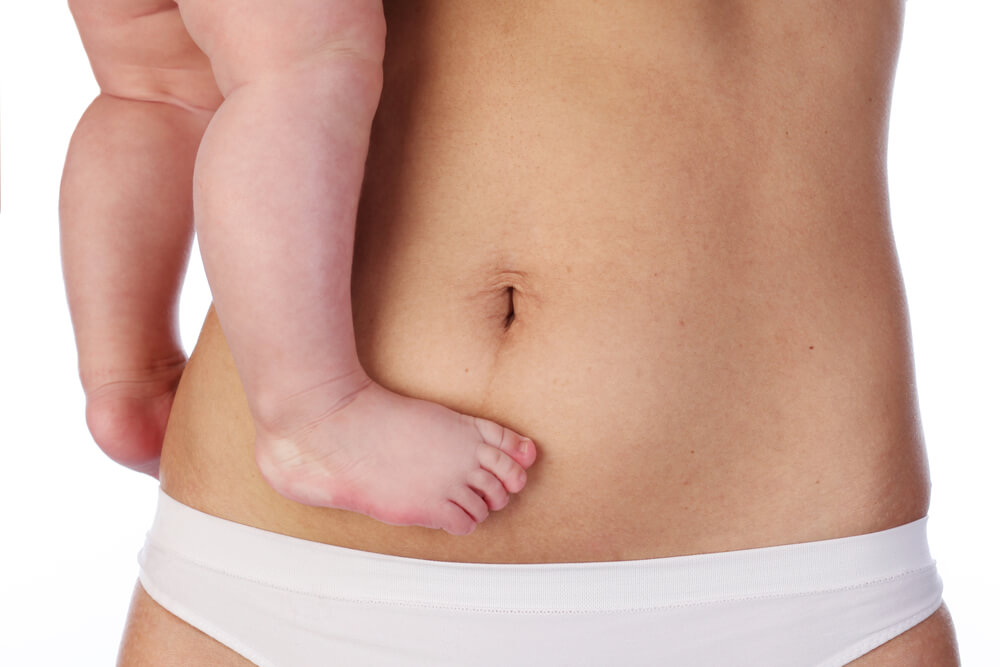Atony of the uterus or uterine atony usually happens when the uterus fails to tighten (contract or shrink) properly once a woman has given birth. It’s a severe complication that may lead to profuse blood loss, which can become life-threatening. In other words, uterine atony describes a uterus that lacks muscle tone.
If you want to learn more about the causes or risk factors for uterine atony or wish to learn about Women’s Health Partners, feel free to reach out to us after reading this article. We provide compassionate and comprehensive obstetrical care in Boca Raton & Bonyton Beach and are ready to help you with any of your concerns.
Now, let’s explore the causes behind uterine atony.
About The Causes of Uterine Atony
While a woman is pregnant, her baby grows in the uterus, where they get oxygen, blood, and nutrients from the placenta. Arteries and blood vessels supply the blood to the baby via the placenta. After giving birth, the uterus also contracts to deliver the placenta. These contractions also help prevent bleeding as they compress the blood vessels. Without any pressure on these vessels, profuse bleeding may occur and lead to postpartum hemorrhage.
There are cases when uterine atony happens during a miscarriage, uterine surgeries, and more. In some cases, the uterus may not be shrinking after a C-section. As a matter of fact, the uterus not shrinking after a C-section is a well-documented complication. Still, uterine atony only happens in about 2% of all deliveries in the US, and not all cases will trigger postpartum hemorrhage.

Uterus not Shrinking After Giving Birth
When the muscles in the uterus fail to contract after delivery, women are at risk for excessive blood loss. After delivery, the blood vessels in the uterus should break open, which will, in turn, allow the placenta to break free from the uterine wall. In typical cases, the contractions also help squeeze these blood vessels shut. When the muscles fail to squeeze hard enough, the blood flow is free, and women are at risk for severe bleeding. Needless to say, this is a medical emergency as it may lead to fatal consequences.
Risk Factors for Uterine Atony
There may be several risk factors for uterine atony, and they usually are the following:
- This is the mother’s first child, or she had more than five babies.
- The mother is older than 35.
- The baby is larger than average.
- The mother is expecting twins, triplets, or more.
- The mother has uterine fibroids.
- There’s too much amniotic fluid.
- The mother is obese.
Doctors also believe that the following risk factors, if present during labor, may prevent the uterus from contracting after delivery:
- Having had a very fast or long labor
- Giving birth was difficult
- Labor was induced
- The mother has chorioamnionitis
- The mother had general anesthesia
- The mother has an enlarged uterus
Uterine Atony Causes and Symptoms
As mentioned, this problem develops when the uterine muscles cannot contract sufficiently. They are unable to respond to the oxytocin released before and during giving birth to stimulate contractions.
Regarding the symptoms of uterine atony, the most obvious sign of the condition is excessive or prolonged bleeding from the uterus. For the most part, medical experts are able to detect uterine atony right after giving birth. Also there are some visible signs as well, as the uterus is weak, loose, and relaxed after delivery.
Other signs may include:
- Pale appearance
- Fast heart rate
- Low blood pressure
- Feeling faint or dizzy
- The inability to urinate
- Pain in the back
- Losing consciousness
Diagnosing Uterine Atony
Fortunately, providers know how to detect the condition early and how to address it quickly. They are actually able to diagnose it simply by feeling the softness and size of the uterus following delivery. This is usually done by the provider placing a hand on the abdomen while performing a vaginal examination with the other. Also, some doctors may count or weigh the pads or sponges that were used to absorb the blood to calculate blood loss while giving birth.
Also, when women have uterine atony, the uterus is usually weak, large, and soft. After standard delivery, the uterus should start hardening, shrinking, and tightening right after childbirth.
Additionally, medical experts may examine for tears in the cervix, vagina, and uterus and will look for any retained placental tissue.
Treating Uterine Atony
The condition is a medical emergency that requires immediate medical attention. Treatment will focus on making the bleeding stop as soon as possible and replace the lost fluids or blood. Even after the profuse bleeding has been stopped, patients may need IV fluids or blood transfusion to stabilize their state.
Treatment will typically begin with the medical expert massaging the uterus to strengthen the contractions. Depending on the atony’s severity, this may not be sufficient to treat the problem.
Along with the massage, doctors may use medications that can help with contractions, including the following:
- Methylergonovine
- Oxytocin
- Ergot alkaloids
- Prostaglandins
The Application of Pressure to the Uterus’ Wall
In some cases, medical experts may apply pressure to the wall of the uterus to limit blood loss. This involves inflating a balloon inside the uterus or packing it with gauze.
Taking the Surgical Route
In some instances, surgery may also be required if nothing else seems to stop the bleeding. That said, the following surgical methods may help:
- Uterine curettage: The doctor scrapes the retained placental tissue or blood from the uterus
- Uterine artery embolization: The surgery involves blocking the blood flow to the uterus.
- Uterine artery ligation: The doctors tie off the blood vessels in the uterus
- Hysterectomy: the removal of the entire uterus as a final measure if nothing else works
Uterine Atony Complications
The condition may lead to several complications, including:
- Fatigue
- Anemia
- Dizziness due to low blood pressure
- Increased hemorrhage risk in future pregnancies
Can Uterine Atony be Prevented?
Usually, the condition can’t be prevented. Still, at-risk mothers and their doctors may take a few steps ahead of time to prepare for the bleeding. This may mean having extra equipment and help ready in the delivery room. Women may also take prenatal vitamins, regularly attend their prenatal appointments, and strive to maintain a healthy weight during their pregnancy.

Learn More
Unfortunately, women may also experience the condition more than once. Still, this doesn’t mean that giving birth will go badly. If you choose an expert and experienced team to guide you through pregnancy, emergencies such as uterine atony will be addressed timely and professionally, limiting the risks of complications.
Also, knowing that you may be at risk and understanding the causes of uterine atony ahead of time can help you and your team better prepare for any risks if they do happen.
On that note, if you know that you are at risk for the condition and need extra reassurance, guidance, or help or just need a compassionate expert to talk to, feel free to request an appointment with us. We are here to help.


